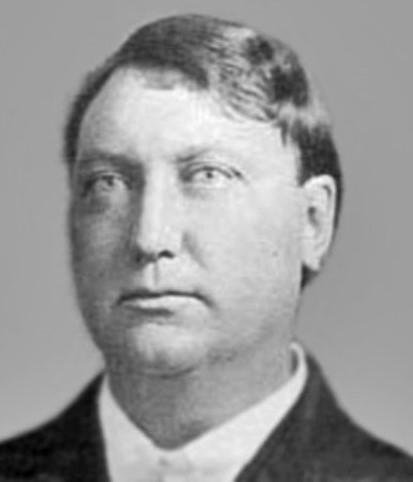.jpg)
1866 - 1954
Albert Edward Horsley
Summary
Name:
Nickname:
Harry Orchard / Tom HoganYears Active:
1905Birth:
March 18, 1866Status:
DeceasedClass:
MurdererVictims:
1Method:
BombingDeath:
April 13, 1954Nationality:
Canada.jpg)
1866 - 1954
Albert Edward Horsley
Summary: Murderer
Name:
Albert Edward HorsleyNickname:
Harry Orchard / Tom HoganStatus:
DeceasedVictims:
1Method:
BombingNationality:
CanadaBirth:
March 18, 1866Death:
April 13, 1954Years Active:
1905Date Convicted:
March 10, 1908bio
Albert Edward Horsley was born on March 18, 1866, in Northumberland County, Ontario, Canada. He came from a poor farming family with English and Irish roots and was one of eight children. His formal education ended in the third grade, after which he worked to support his family by laboring on nearby farms. The income he earned was handed over to his parents until he turned 20.
At 22, Horsley left home for logging work in Michigan, then returned to Canada where he married around 1889. The couple tried their hand at cheesemaking, but financial troubles and Horsley's reckless lifestyle caught up with them. In a desperate move to pay off debt and escape with another woman, he burned down his own cheese factory and collected the insurance payout. He abandoned his family shortly after and started drifting across the western United States and Canada.
In 1897, Horsley settled in Idaho and began delivering milk to mining camps near Wallace. He invested $500 in the Hercules silver mine, then bought a coal and wood business. However, gambling debts forced him to sell his mine share and later his business. In 1899, he was back to working in the mines, this time as a mucker in the Tiger-Poorman mine, where he became affiliated with the Western Federation of Miners (WFM).
Though often employed, Horsley never saved money due to his gambling addiction and impulsive lifestyle. He confessed later to a long list of unrelated crimes: bigamy, arson for insurance fraud, burglary, theft, and selling fake insurance. His life was defined by instability, deception, and a trail of broken relationships. By the early 1900s, he had fully adopted the alias "Harry Orchard" and was moving through mining towns in the American West, often involved in labor disputes and shady business.
murder story
On December 30, 1905, former Idaho Governor Frank Steunenberg was killed by a bomb placed at the gate of his house in Caldwell, Idaho. Albert Edward Horsley, known by the alias Harry Orchard, was linked to the murder.

After the explosion, Orchard did not attempt to escape. He stayed in his hotel room in Caldwell that night. The next day, he was arrested on New Year’s Day when police linked him to the crime.
Detectives searched Orchard's hotel room and found evidence that connected him to the murder. Orchard had previously given multiple names and aliases, which raised suspicion about his identity. He later testified that he attempted to kill Steunenberg several times leading up to the actual bombing. Just before the murder, Steunenberg was seen at a hotel. Orchard retrieved the bomb from his room and rushed to set it at Steunenberg's house. The bomb was detonated when the governor opened the gate.
Orchard was arrested and faced the death penalty. He confessed to the Steunenberg murder to a Pinkerton detective and claimed to have killed at least sixteen other people. In his testimony, he implicated leaders of the Western Federation of Miners, stating that they had ordered the assassination as retaliation against Steunenberg for his actions against union workers during labor disputes.
During the trials that followed, Orchard's testimony was pivotal. The prosecution depended heavily on his confessions, while the defense asserted that Orchard had motives unrelated to any conspiracy with the union leaders. Ultimately, the jury found the union leaders not guilty because the prosecution could not corroborate Orchard's claims.
After the trials, Orchard changed his plea to guilty in March 1908 and was sentenced to death. However, his sentence was later commuted to life in prison due to his cooperation with authorities during the trials. Orchard lived in Idaho State Penitentiary for many years. He became a Seventh-day Adventist and maintained that all his confessions were true until his death on April 13, 1954. He was buried in Morris Hill Cemetery in Boise, Idaho.